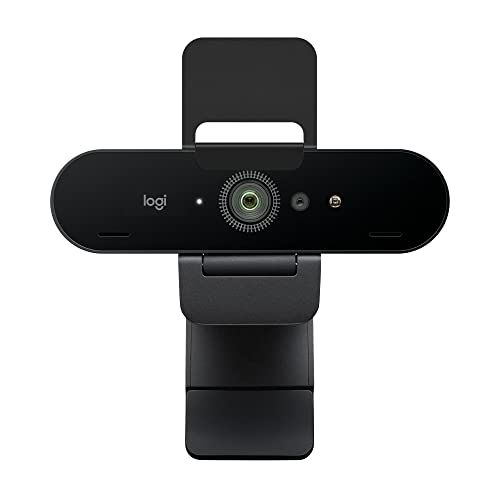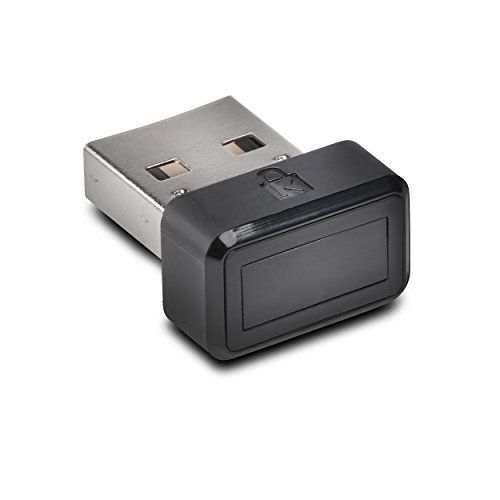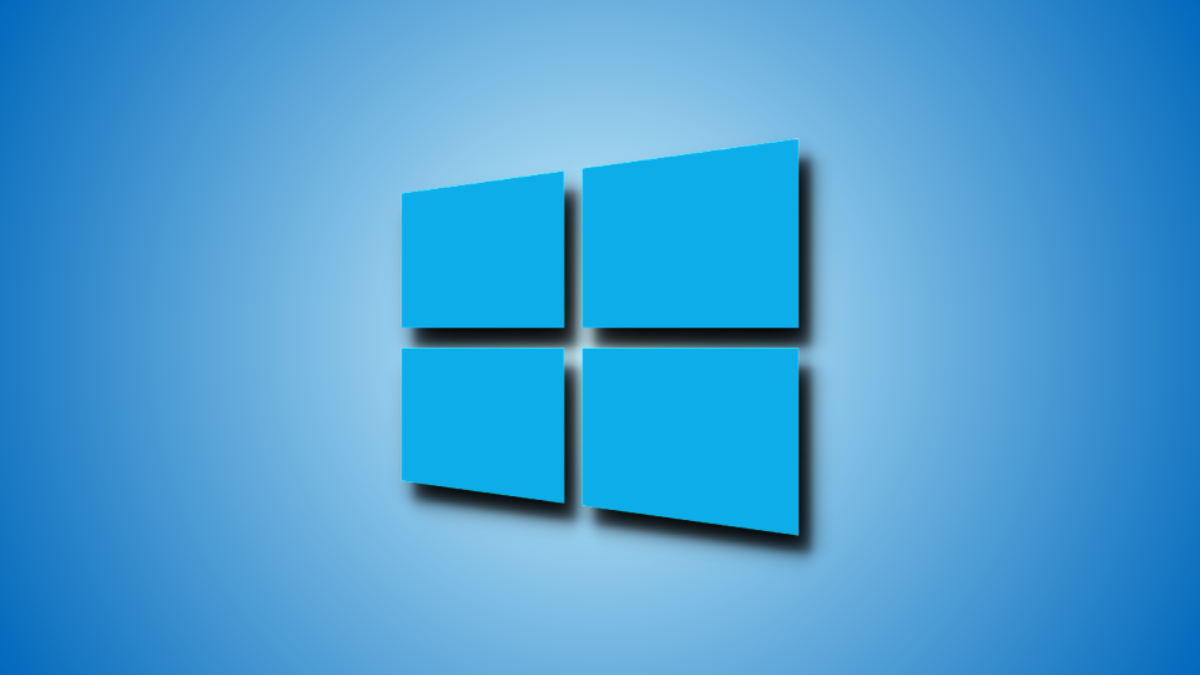Quick Links
Windows optimization tips often center on making your PC run faster, but what if you want to log in faster and with fewer hassles? These simple tweaks can help.
Log In Automatically
The fastest login tweak of all is setting Windows to automatically log you in when you boot up your computer.
Naturally, this is a security tradeoff as you're granting anyone with physical access to your computer to Windows, the file system, and all the files.
In general, we advise against automatic logins unless the machine is used for little more than gaming or other low-stakes tasks and never for banking or storing personal documents like tax returns.
But it's certainly the speediest way to log in if you're not worried about anybody tampering with your PC in person.
Use Your Beautiful Face
Why limit face-based login to your phone? Although not nearly as well-known as Apple's Face ID, Windows Hello offers similar face-based login capabilities.
Like Apple's Face ID, you do need special hardware for Windows Hello---but given that so many of us have web cams that are a bit long in the tooth, no time like the present to upgrade. The key feature is that the webcam must include an infrared biometric module.

Logitech Brio Ultra 4K Webcam
Not only will this high-resolution webcam ensure you look sharp on conference calls, but it features an integrated biometric module for passwordless Windows Hello login.
Some newer laptops include that, but if you're on a desktop there's a good chance you'll need an updated model like the Logitech Brio 4K Ultra Webcam.
Swipe Your Finger
Windows Hello isn't limited to just face-based login. You can also use your fingerprint as an alternative biometric login.
Like the webcam situation, you do need compatible hardware. Many laptops, especially those intended for corporate or government use, come with a fingerprint reader built into the palm rest of the laptop.
When the feature first came out years ago, the variety and quality of third-party fingerprint readers on the market were abysmal. But the hardware has caught up, and now there are options like this popular fingerprint reader from Kengsington for a reasonable price.

Kensington VeriMark USB Fingerprint Reader
This handy little USB dongle will help you add fingerprint login to a Windows laptop or desktop PC.
Pro tip: fingerprint readers come in USB dongle (or "laptop" versions) and larger desktop versions intended to sit on your desk like paperweight.
The desktop versions are almost always way more expensive. You can save a bunch by purchasing the little laptop version and sticking it in a desktop USB extension base. Such bases are usually used for USB Wi-Fi adapters but also work great for fingerprint readers.
Remove Unnecessary Startup Apps
Once you complete the login process (be it via password or your webcam scanning your face) you're not at the mercy of your PC hardware and Windows loading up. That period right after you boot your computer and log in feels like it takes forever if you have a bunch of startup apps.
Speed up your login process by combing through your startup app list and disabling startup apps that you don't actually need to load with Windows.
Not only will this speed up the boot time but it will make your computer run faster in general because background resources aren't tied up with applications you're not using.
Disable the Windows Start Delay
After you log in and Windows starts up, there's a 10-second delay baked into Windows itself. That little gap is intended to give Windows' core processes and routines time to run quickly before loading any user apps (or user activity).
If you have a computer with a solid-state drive (SSD) you can experiment with removing the Windows startup delay.
Modern SSDs are so screaming fast that Windows really doesn't need that hang time to get itself sorted out before you start using your PC.
If you stack up these tips like enabling biometric login, trimming your startup apps, and nixing the Windows startup delay, you'll shave a noticeable amount of time off the login process.

